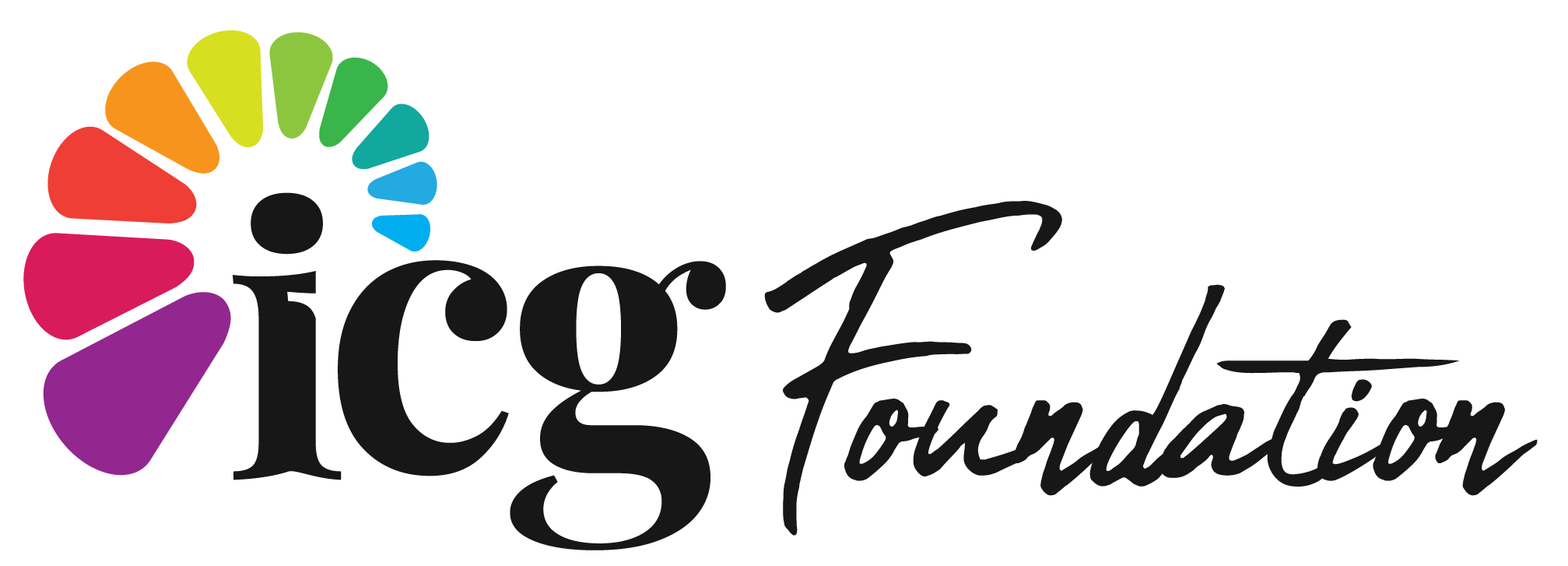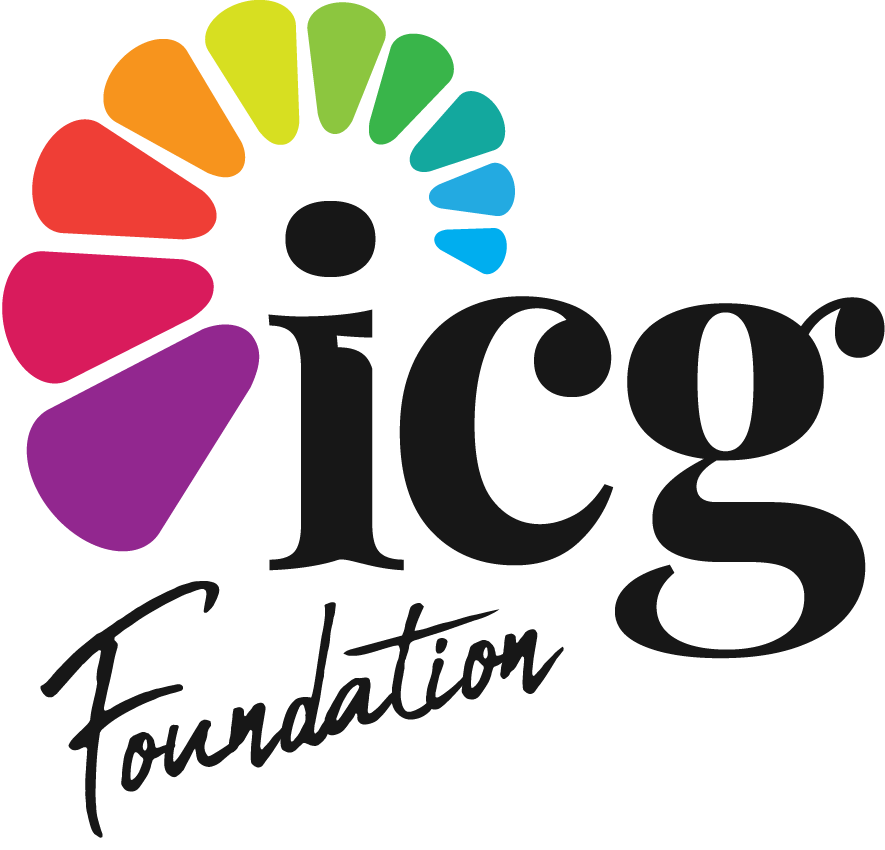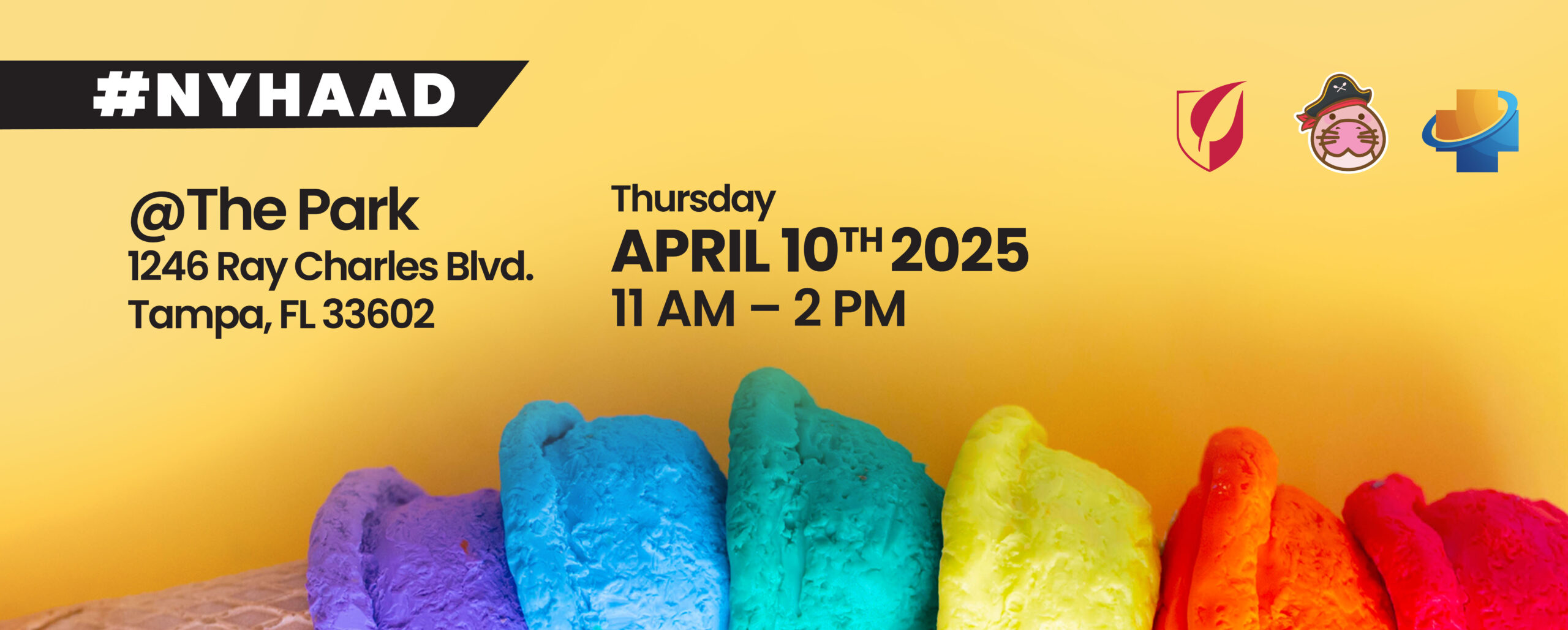What is NWGHAAD?
Each year on March 20, National Women & Girls HIV/AIDS Awareness Day (NWGHAAD) calls attention to the impact of HIV/AIDS on women and girls. This annual observance also highlights the importance of education, testing, prevention, and treatment—especially for communities disproportionately affected by HIV.
Why NWGHAAD Matters
- Increasing Awareness: Many women remain unaware of their risk for HIV or their HIV status. By spreading knowledge and empowering women and girls to take control of their health, we can reduce stigma and promote early detection.
- Reducing Disparities: Certain groups, particularly women of color, face higher rates of HIV infection. Addressing socioeconomic factors like limited healthcare access, stigma, and discrimination is crucial to closing this gap.
- Encouraging Testing & Prevention: Regular testing, safer sex practices (like using condoms and pre-exposure prophylaxis, or PrEP), and education on HIV prevention significantly reduce the risk of transmission.
Key Statistics
- New HIV Diagnoses Among Women
- In 2020, women accounted for 25% of new HIV diagnoses in the United States.
- Heterosexual contact is the most common mode of transmission for women.
(Source: CDC, “HIV Surveillance Report, 2020”)
- Racial Disparities
- Black/African American women are disproportionately affected, making up 55% of new HIV diagnoses among women, despite representing a smaller percentage of the U.S. population.
(Source: CDC, “HIV Surveillance Report, 2020”)
- Black/African American women are disproportionately affected, making up 55% of new HIV diagnoses among women, despite representing a smaller percentage of the U.S. population.
- Awareness of Status
- Approximately 1 in 9 women with HIV do not know they have the virus, emphasizing the need for regular testing and education.
(Source: CDC, “HIV.gov: Women and HIV”)
- Approximately 1 in 9 women with HIV do not know they have the virus, emphasizing the need for regular testing and education.
- PrEP and Prevention
- Pre-Exposure Prophylaxis (PrEP) can reduce the risk of getting HIV from sex by about 99% when taken as prescribed.
(Source: CDC, “PrEP Effectiveness”)
- Pre-Exposure Prophylaxis (PrEP) can reduce the risk of getting HIV from sex by about 99% when taken as prescribed.
Together, we can create a future where HIV is no longer a barrier to women’s health and well-being.
ICG Foundation
How to Observe NWGHAAD
- Get Tested: Encourage women and girls in your life to get tested. Knowing your status is an essential first step toward prevention and care.
- Educate & Empower: Share reliable information about HIV prevention methods, including condom use and PrEP, and discuss the importance of regular medical check-ups.
- Support Local Initiatives: Many community organizations offer free or low-cost testing and educational programs around NWGHAAD—spread the word or volunteer if you can.
- Advocate for Health Equity: Use your voice to call for equal access to healthcare, which helps reduce disparities and ensure everyone has the resources they need.
Moving Forward
National Women & Girls HIV/AIDS Awareness Day is a reminder of the resilience and strength of women and girls across the country—and an opportunity to take collective action. By staying informed, prioritizing prevention, and challenging stigma, we can continue making strides toward ending the HIV epidemic.
For more information, visit:



